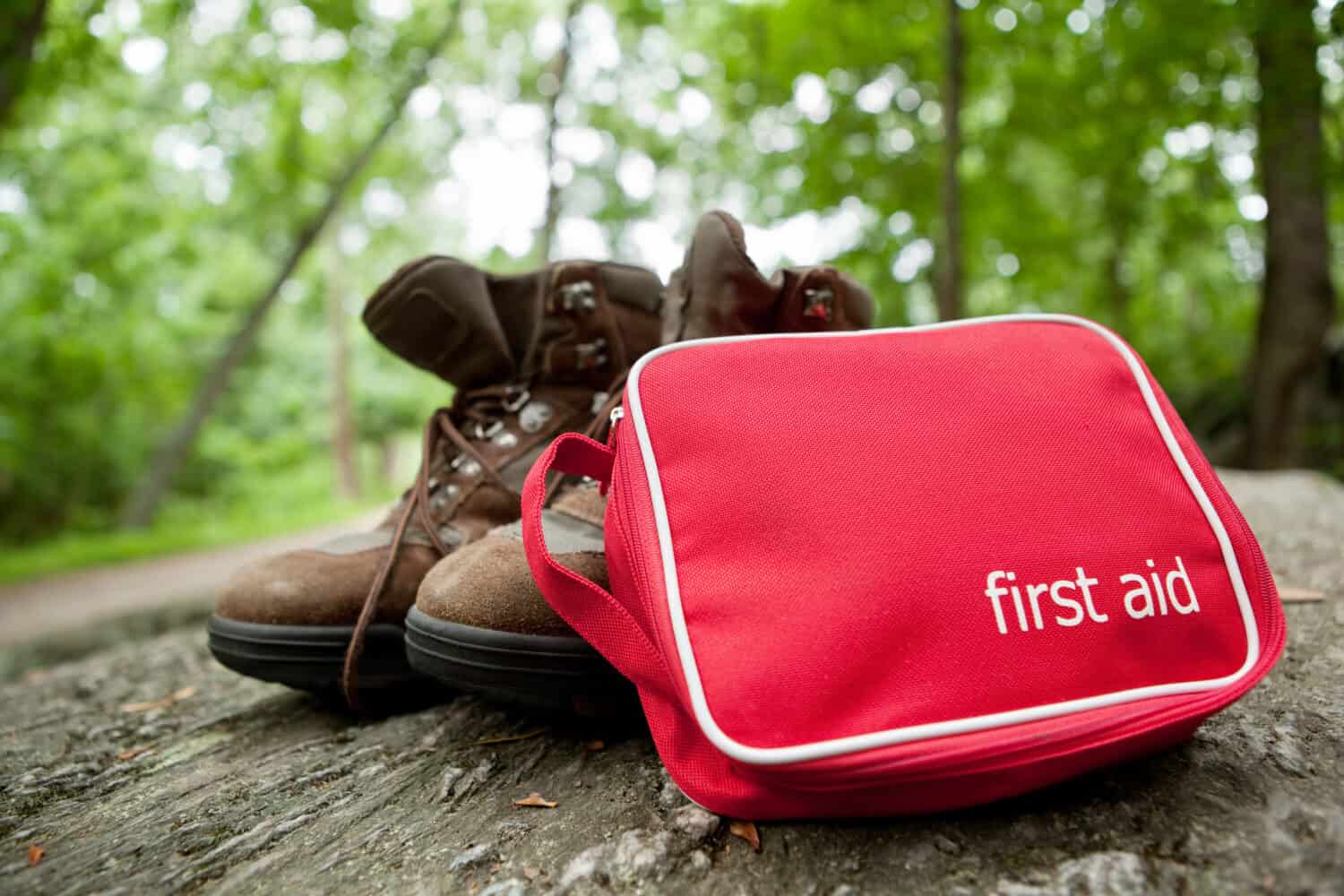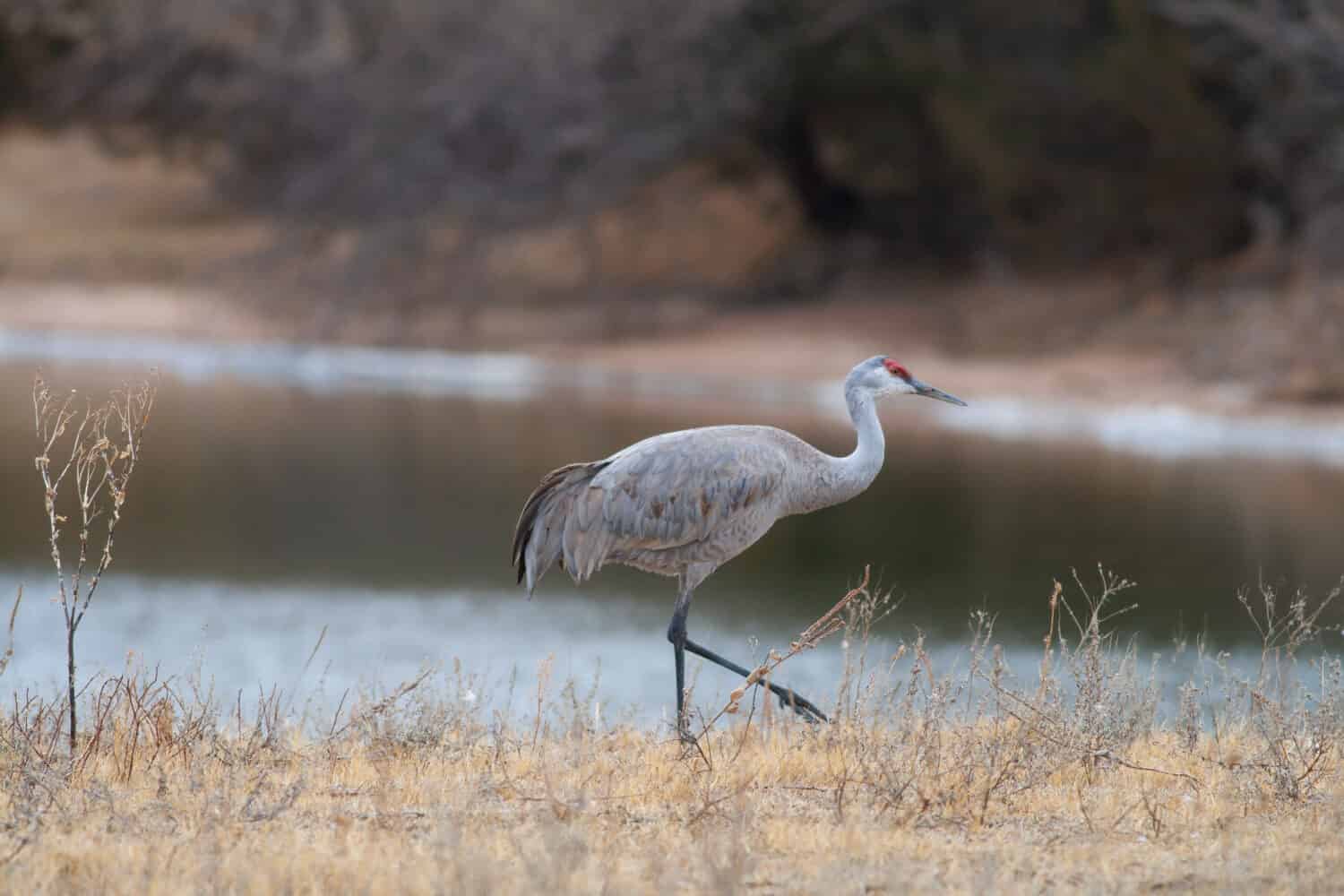Colorado features some of the most impressive mountains and beautiful hiking opportunities in the United States. The legendary Blanca Peak is known as a sacred mountain for the Navajo people and for its spectacularly stunning views. Just how tall is Colorado’s Blanca Peak?
How Tall Is Blanca Peak?
Blanca Peak is the highest summit in the Sangre de Cristo Mountains at 14,351 feet. It is also the fourth-highest summit of the Rocky Mountains in North America.
Blanca Peak lies 9.6 miles outside the town of Blanca in Costilla County, Colorado. Costilla County is located in south-central Colorado, along the state’s border with New Mexico. Blanca Peak is also approximately 15 miles southeast of the Great Sand Dunes National Park and Preserve, writes Spanish Peaks Country.
Several bodies of water flow from Blanca Peak. One is Holbrook Creek, which empties into Crater, Como, and Blue Lakes. Huerfano River, Blanca Creek, and Little Ute Creek also make their way through the mountain. Fishing is available at the three aforementioned lakes.

Blanca Peak, located in south-central Colorado, is the fourth-highest summit of the Rocky Mountains in North America.
©iStock.com/RoschetzkyIstockPhoto
Sacred Navajo Mountain
Blanca Peak is sacred to the Navajo people. According to navajopeople.org, it is said to be the eastern boundary of the Dinetah, the traditional Navajo homeland. Blanca Peak is known as “Sisnaajiní” in Navajo, which literally translates to “Black Belted Mountain.”
Navajo beliefs state that the Holy People decorated Sisnaajiní with a perfect white shell for positive thoughts and thinking. Blanca Peak represents “thought” because of its location in the east, where the sun rises each day. As the sun rises, the Navajo wake up and think about what they will be doing that day.
Hiking Blanca Peak
Blanca Peak is one of Colorado’s many “fourteeners” — a mountain peak exceeding 14,000 feet. A number of adventurous hikers visit Blanca Peak every year for its spectacular views and challenging routes.
Additionally, Little Bear Peak (14,037′) and Ellingwood Point (14,042′) are located not far away. Activities such as fishing, camping, hiking, and nature watching are permitted at Blanca Peak.
Access Blanca Peak via Highway 160. From there, continue a few miles north on State Road 150. Visitors will then reach a dirt road. According to the US Forest Service, the first 4.5 miles of Blanca Peak Trail covers an extremely rough jeep road, that requires a very specialized four-wheel drive vehicle to traverse.
Most visitors choose to walk this portion and parking is available along the first 2.5 miles of road. The trail officially begins at Lake Como and is almost entirely above the treeline. The first half of the trail is fairly easy, while the last half turns steep and rocky. The upper portion of the trail is difficult and sometimes dangerous.
Is Blanca Peak Dangerous?
There’s some degree of danger involved with traversing any enormous mountain peak. However, Blanca Peak is relatively safe with the right precautions and preparations. In fact, compared to some of Colorado’s fourteeners, there has been relatively less tragedy on Blanca Peak.
For example, only one reported death has occurred on Blanca Peak. In 2022 the Denver Gazette reported a tragic incident where a hiker died after falling several hundred feet during a descent from Blanca Peak. In comparison, there have been five reported deaths on Colorado’s Capital Peak and seven reported deaths on Pike’s Peak.
Safety
Stay safe by adhering to safety tips, such as the following, (courtesy of Alan Arnette):
- Take a class at REI or CMS to gain skills such as navigation, wilderness medicine, backpacking and camping basics, and more.
- Always bring a hiking partner and make sure to notify someone where you are going and when you plan to be back.
- Practice on easier fourteeners such as Quandary Peak before tackling more intense challenges.
- Check the weather the night before and immediately before you leave.
- Carry a cell phone and personal locator or SOS device.
- Never leave the standard route.
- Pack as if you were planning to spend the night outdoors.
- Drink plenty of water and eat at least 200 calories per hour.
- Turn back if you experience altitude sickness.

Be sure to pack the essentials, such as a first aid kit, when hiking Blanca Peak.
©eurobanks/Shutterstock.com
Wildlife on Blanca Peak
Hikers may spot a number of wild animals, as well as incredible views while traversing Blanca Peak. According to The Next Summit, the mountain is mostly made up of granite and metamorphic rock.
The area surrounding Blanca Peak features beautiful alpine landscapes, glacial lakes, and the desert scrubland of the San Louis Valley. Here are some of the most common creatures that might appear around Blanca Peak.
Mammals
Expect to see an abundance of wildlife on Blanca Peak, such as elk and bighorn sheep. Herds of antelope may roam the prairie near the mountain peak.
Black bears are also prevalent on Blanca Peak. Always keep a safe distance from black bears. If spotted by a black bear that is close by, National Park Services recommends helping them identify you as human by speaking calmly and slowly waving your arms.
Fish
Fishing is allowed at Crater, Como, and Blue Lakes. Anglers can find a variety of freshwater catches in these bodies of water. Some species you can expect to find in Crater Lake in particular include rainbow trout, brook trout, and cutthroat trout.
Reptiles
Snakes are cold-blooded creatures, so you typically won’t find them at elevations over 8,500 feet. However, Colorado is home to a number of snakes, so there may be several varieties in the fields and shrubland near Blanca Mountain.
Only three venomous snakes make their home in Colorado. They are the western Massasauga rattlesnake, the midget faded rattlesnake, and the prairie rattlesnake. Other common snakes in the state include bullsnakes and yellow-bellied racers.
Birds
No matter how long or short of a trip you take to Blanca Trail, you’re bound to see a beautiful bird or two on the journey. Sandhill cranes stop in nearby fields while migrating during the fall and around sunset, nighthawks soar overhead in search of insects to eat.
The Colorado Birding Trail reports that visitors may also spot stilts, avocets, ibises, and ducks in nearby flooded fields, playa lakes, and reedbeds.
Endangered populations of yellow-billed cuckoo and willow flycatchers sometimes make their nests in trees near the water’s edge. Finally, the high desert shrubland of the San Luis Valley is home to sage and brewer’s sparrows.

Visitors to Bianca Peak may spot sandhill cranes in nearby fields.
©Benjamin Tillotson/Shutterstock.com
Other Well-Known Summits
The United States is home to a number of impressive summits. The legendary Blanca Peak ranks 19th in terms of the highest mountain peaks in the country. Here we will examine a few other impressive summits worth visiting.
Denali
The highest summit in the United States is Denali, also known as Mount McKinley, in south-central Alaska. Denali has an elevation of 20,310 feet at its highest point and is a popular tourist attraction within the Alaska Mountain Range.
According to National Park Services, permanent snow, ice, and glaciers cover over 75 percent of the mountain. Weather conditions are often extreme and temperatures have even reached -93˚F on Denali. Only a select number of individuals have made it to Denali’s summit.
Mount Whitney
Mount Whitney is the highest peak in the continental United States. Located within the Sierra Nevada Mountain Range in eastern California, Mount Whitney reaches an elevation of 14,494 feet.
Those looking to hike to the top of Mount Whitney may travel via the 21.5-mile round-trip day hike or tackle the hike over two or more days by camping on the trail. Whatever you choose, be aware that summiting Mount Whitney is not for the faint of heart.
The photo featured at the top of this post is © Nicholas Courtney/Shutterstock.com
Thank you for reading! Have some feedback for us? Contact the AZ Animals editorial team.







